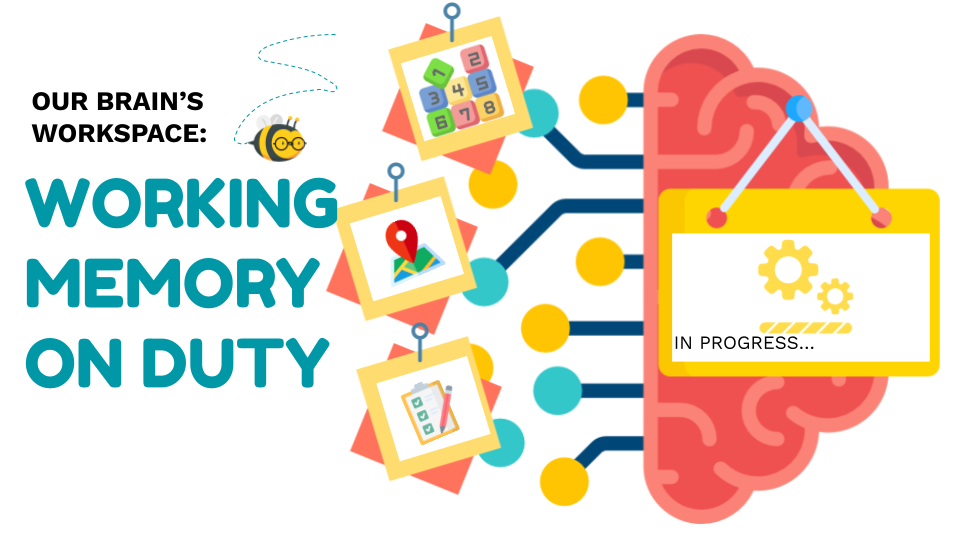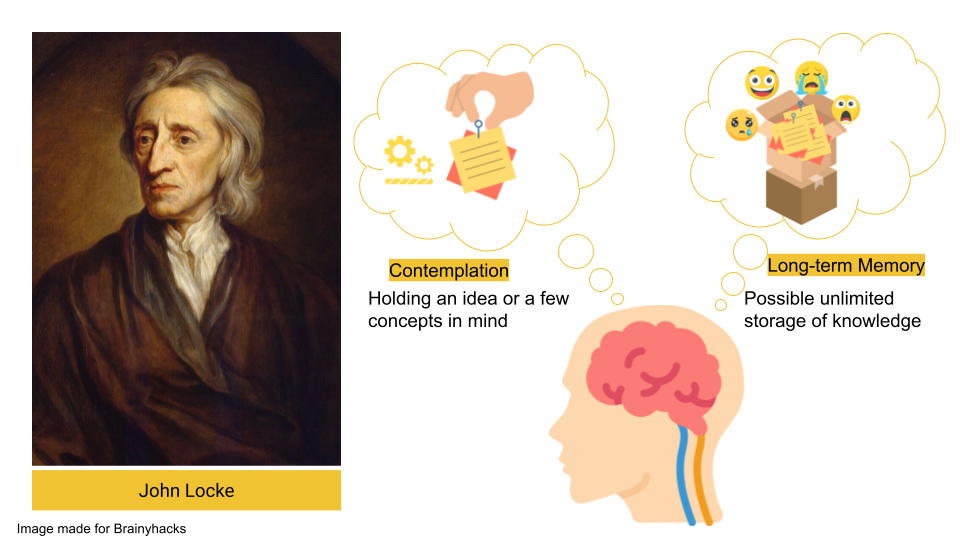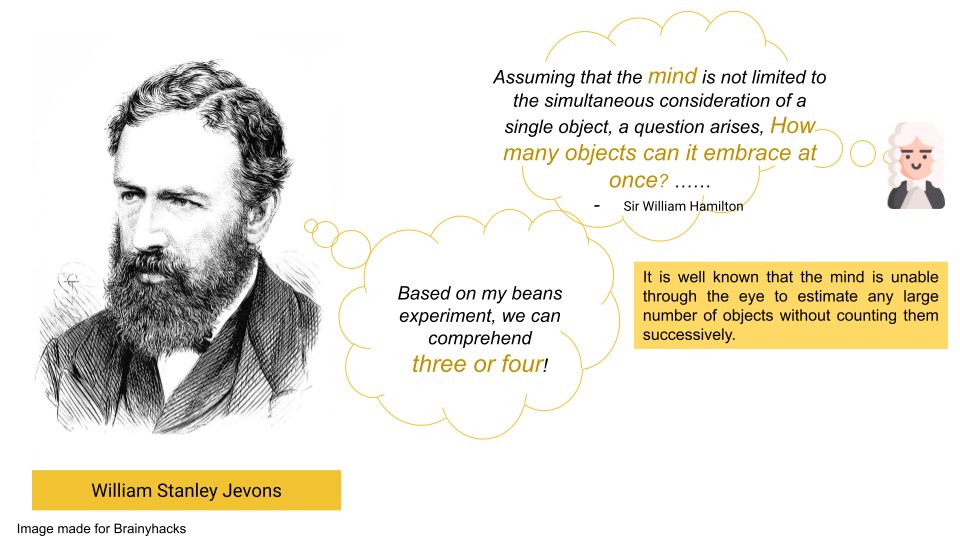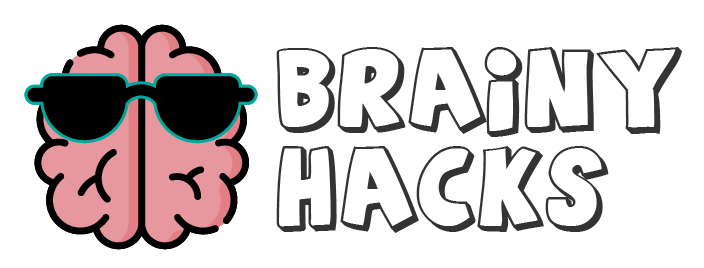
Picture this: You’re on a phone call with a friend, and they casually drop an address on you. No pen, no paper – just you and your memory in a race against time. You’re scrambling to remember those digits and street name and doing it with laser-like focus. It’s like a mental Olympic event where you’re determined to snag that info and etch it into your brain. Finally, you breathe easily as you’ve jotted down the notes accurately.
That’s the magic of your working memory (WM) in action – your very own mental sticky note board. It’s your temporary storage unit, and it comes to the rescue when you least expect it.
Brief Past
Let’s rewind the clock a bit. Working memory (WM) entered the spotlight and started a heated debate among experts in the late 19th century. Some were convinced it’s a better predictor of academic success than those old-school IQ scores. Can you believe it?
This cognitive wizardry isn’t just some one-trick pony. It’s the backbone of tasks like processing information, running the show in your brain’s executive department, helping you understand stuff, solve problems, and even learn new tricks. It is your brain’s workspace! But what exactly is this enigmatic “working memory”?
Working memory is the retention of a small amount of information in a readily accessible form (Cowan, 2014). In Layman’s terms, it’s like your mental sketchpad, a temporary storage spot for those bite-sized pieces of information while you’re busy tackling cognitive challenges. Another way of putting it is like RAM on your computer – where processes are given space to do their thing.
If your brain is too curious to let this go, grab the book Brain Mapping: An Encyclopedic Reference for tons of articles across neuroscience.

Back in the day – like in the 1690s – philosopher John Locke broke down WM into two categories: contemplation and memory. Contemplation is when you’re just holding onto an idea in your head, like replaying a catchy tune, while the other is your ability to bring back that idea after it’s slipped away from your immediate thoughts. Locke realized that your contemplation powers are limited – you can only handle a handful of concepts simultaneously. It’s like trying to juggle more than a few balls. But here’s the kicker: your mind has a near-infinite library of knowledge that can stick around for a lifetime – that’s what we call long-term memory. Understand more about long-term memory and its types in our article Episodic and Semantic Memory.

Now, let’s jump to 1871, when an economist and logician named William Jevons discovered that typical folks, just like you and me, can keep 3 to 4 items in their working memory. That’s like trying to manage a grocery list in your head, which could be a challenge! Researchers have been trying to figure out why our working memory has this seemingly built-in limit. The exact reasons are still a mystery, but they’re on the case.
If you’re hungry for more details, we’ve got a snappy 9-minute video waiting to give you the inside scoop. It’s like a crash course in working memory – the mental magic trick that helps you keep cool in the daily memory game. So, let’s dive in!
Peter Doolittle (2013): How your “working memory” makes sense of the world.
Unlocking Your Working Memory Potential
Working memory (WM) can juggle everything from tangible, “I can touch it” facts to those elusive, abstract notions. Now, picture again the call from your friend dropping you the information:
“Meet me for lunch at 1136, 5th Avenue Building, Penthouse, New York 10128 at 12 noon.”
Bam! That’s a lot to digest. Not only do you have numbers like “1136,” “5th,” and “12 noon” to keep in check, but there’s also the star of the show, the “speaker” (your friend), and the action verb “meet.” It’s a mental juggling act; without a well-oiled working memory, it’s like trying to catch smoke with a butterfly net. You might lose it all before you even get to the lunch table.
So, what’s the secret to effectively retaining and harnessing this wealth of information? Check out these friendly tips to supercharge your memory skills, whether it’s for acing that test, getting to the right place at the right time, or even whipping up a gourmet feast:
Tips to Supercharge Your Memory
1. Attention Matters: Ever heard the saying, “Where attention goes, energy flows”? Well, the same principle applies to memory. When you’re tuned in and free from distractions, your brain becomes a memory powerhouse. No need for sticky notes or crutches – you’ll be locking in crucial info effortlessly.
2. Visual Aids Rule: Other than those mundane mnemonics like ROYGBIV (rainbow colors) or Mr. VEMJr. SUN (planets). Experts suggest that while they might be nifty memory tricks, they don’t necessarily lead to a deep understanding. Instead, think visually. Create vibrant mind maps, use color codes, or rely on images and diagrams to boost your working memory. Stick post-its on your mental bulletin board – it works wonders. Check our helpful article on The Leitner System for Studying using flashcards and spaced repetition.
3. Connect the Dots: Learning is all about building bridges between concepts. Relating new ideas to what you already know is like adding new branches to your mental tree of knowledge. So, reviewing related information helps you learn new stuff and makes your working memory a well-oiled machine.
4. Practice Makes Perfect: Ever wondered why you can still belt out a song you learned as a kid? Well, you can thank your family and teachers for that one. They didn’t just teach it once and call it a day. They sang it with you repeatedly, and that’s how it stuck. Teachers, in particular, are the champs of teaching because they keep repeating the same lesson in different classrooms, year after year. They know the secret of learning, which is practice. If you haven’t read our articles on Retrieval Practice Explained and What is Associative Learning? check them out now!
5. Chunk It Up: Now, let’s break down that address puzzle we mentioned earlier. Instead of wrestling with those individual digits in “10128,” try grouping them as “101” and “28.” Tackle the first group of numbers first and then the second. It’s like breaking a big meal into bite-sized portions. This way, you can handle all that info hitting you at once. Now that you’ve got that address in your memory, how about a little Google Maps adventure to hunt down a location from a famous 00’s series?
6. No More Multitasking: It’s time to train your brain to be a focused bee preparing for winter. The University of Sussex (2014) dropped a truth bomb: multitasking can shrink certain brain parts and mess with your attention span. Ouch! So, let’s embrace mindfulness and avoid that brain shrinkage. Give your full attention to one thing at a time.
7. Create Routines: Let’s add a little structure to your life. Get yourself some checklists and timelines. This isn’t about turning into a robot; it’s about conditioning your brain’s workspace when absorbing new information. It’s like setting the stage for a great performance. Your biological clock syncs, and you’re ready to tackle tasks head-on. And hey, if you’re into studying, you should pair it with some brain-boosting snacks. Our article Best Food to Eat While Studying has a handy list.
To top it off, remember to squeeze in a bit of exercise. Scientists believe physical activity is like a spa day for your brain cells. So, get moving and keep those neurons in tip-top shape.
There you have it – some easy-peasy ways to turn your working memory into a memory powerhouse. So, the next time you’re trying to keep that lunch date in your head or master a complex concept, remember these tips. Your brain will thank you!
References
Bealing, J. (2014, September 25). Brain scans reveal grey matter differences in media multitaskers. University of Sussex. United Kingdom. Retrieved from https://www.sussex.ac.uk/broadcast/read/26540
Cowan, N. (2014). Working memory underpins cognitive development, learning and education. Educational Psychology Review, 26(2), 197-223. https://doi.org/10.1007%2Fs10648-013-9246-y
Doolittle, P. (2013, November). How your “working memory” makes sense of the world [Video]. TED Conferences. https://youtu.be/UWKvpFZJwcE?si=3UYiNeKkJagQe8Pz
Image of John Locke retrieved from: https://en.wikipedia.org/wiki/John_Locke#/media/File:John_Locke.jpg
Image of William Stanley Jevons retrieved from: https://en.wikipedia.org/wiki/William_Stanley_Jevons#/media/File:PSM_V11_D660_William_Stanley_Jevons.jpg

1 thought on “Working Memory”
Comments are closed.